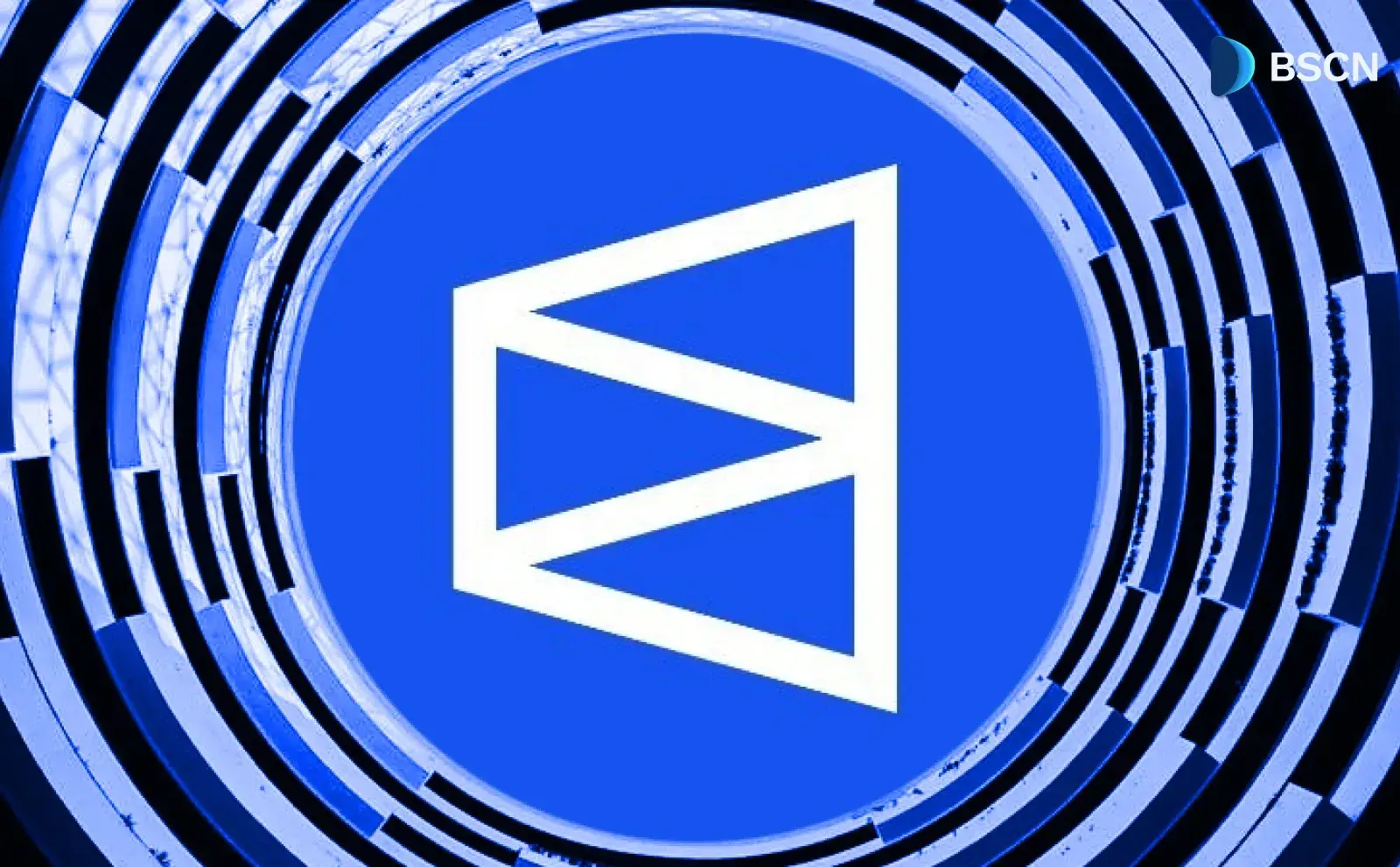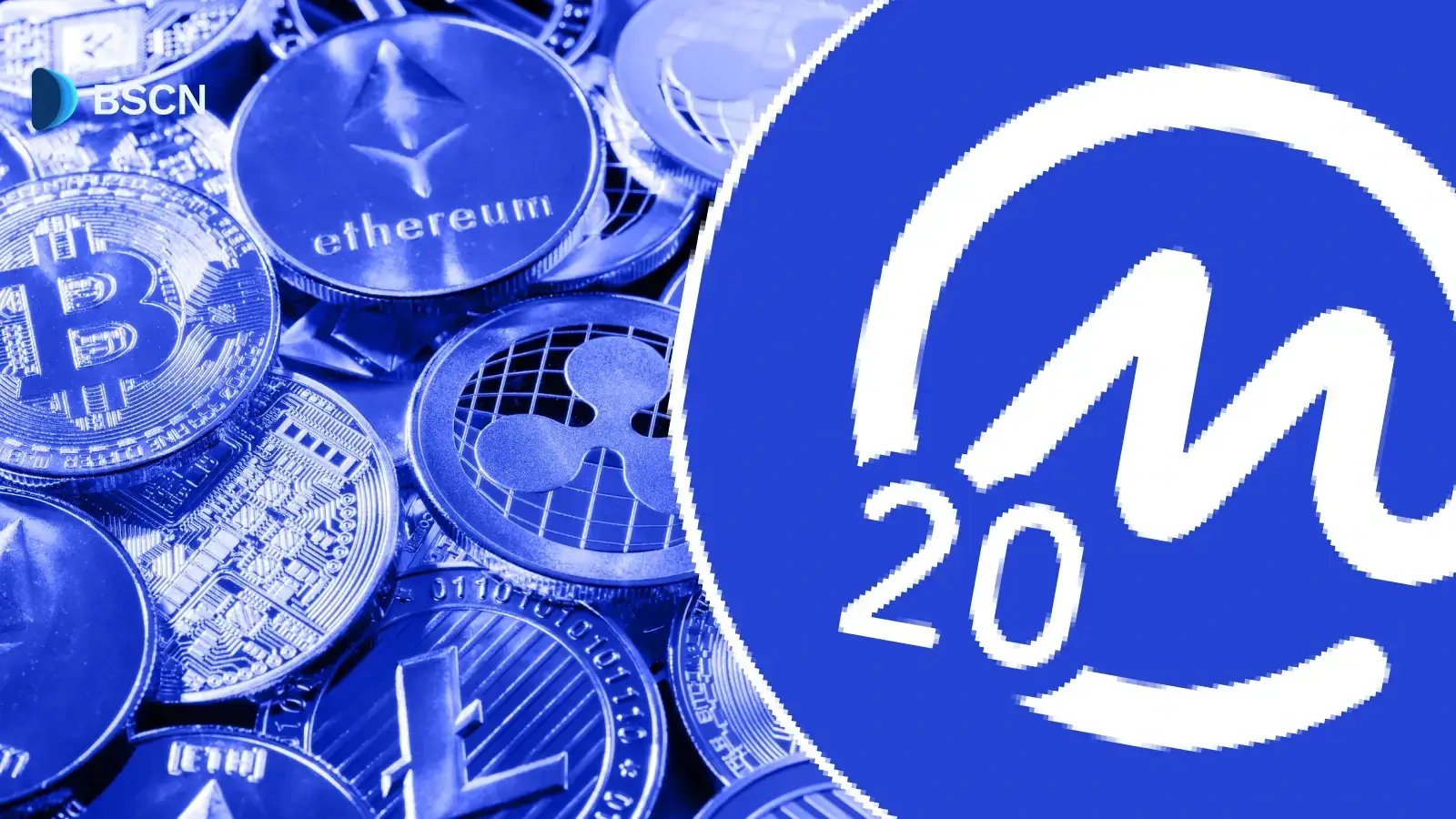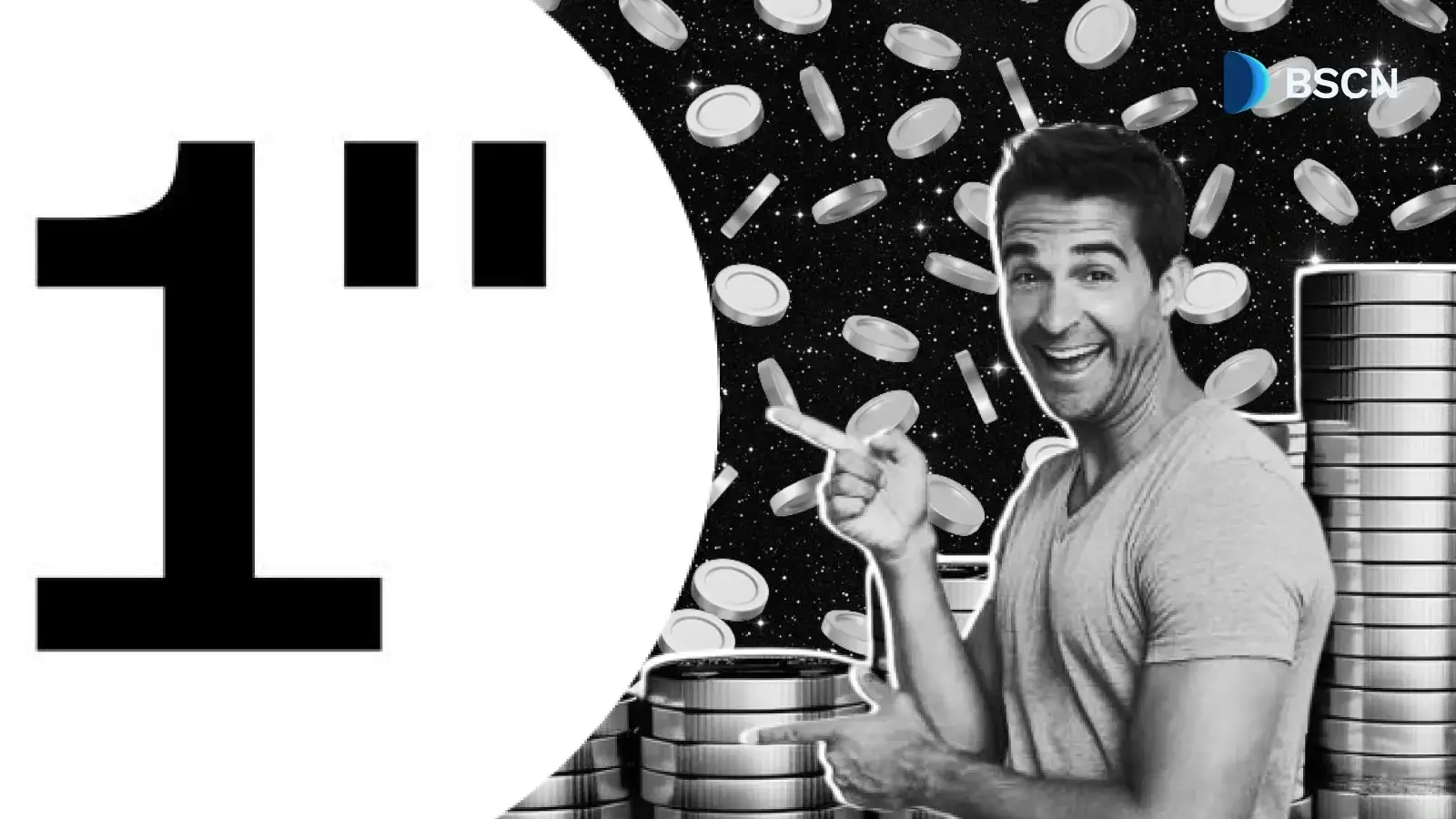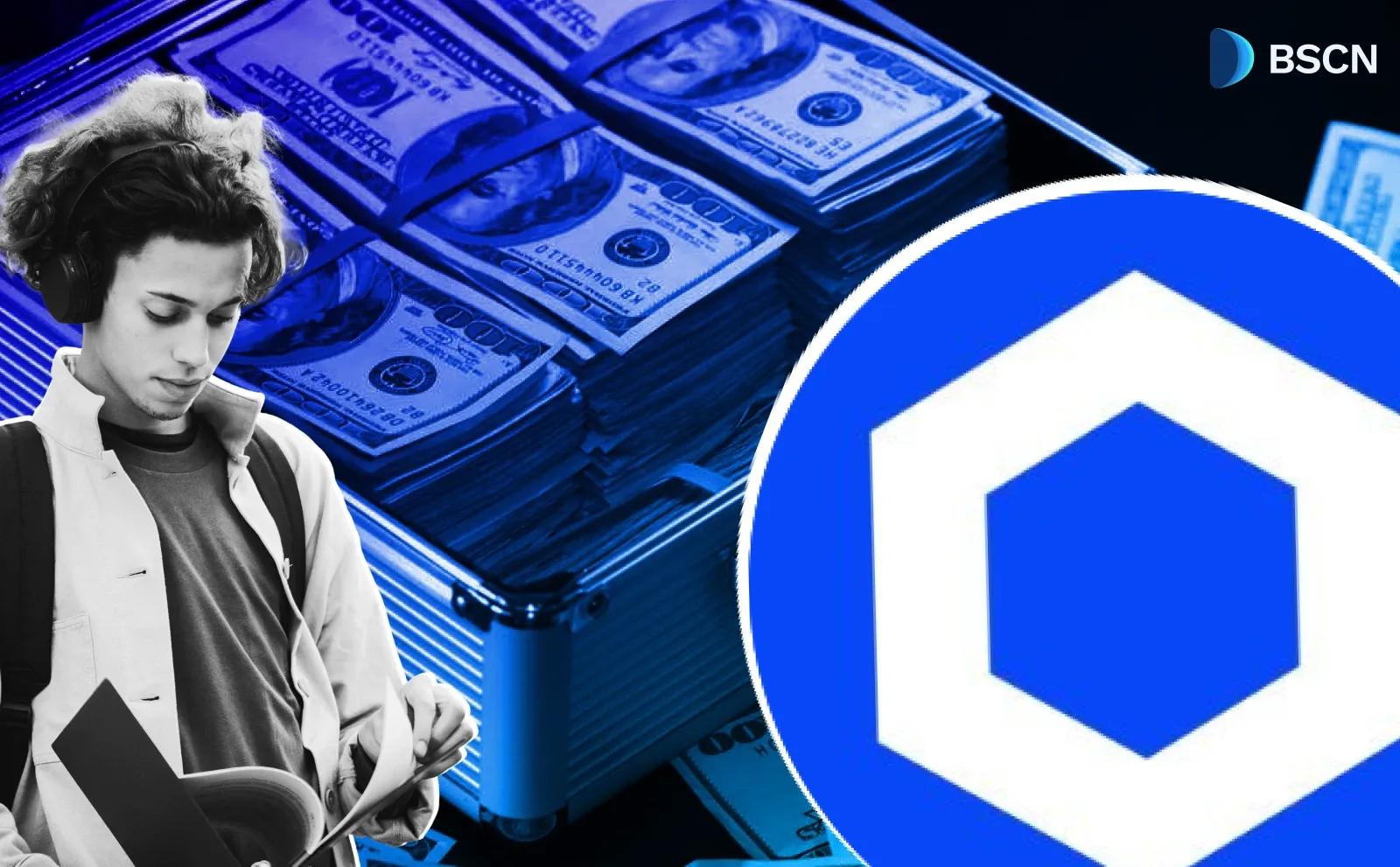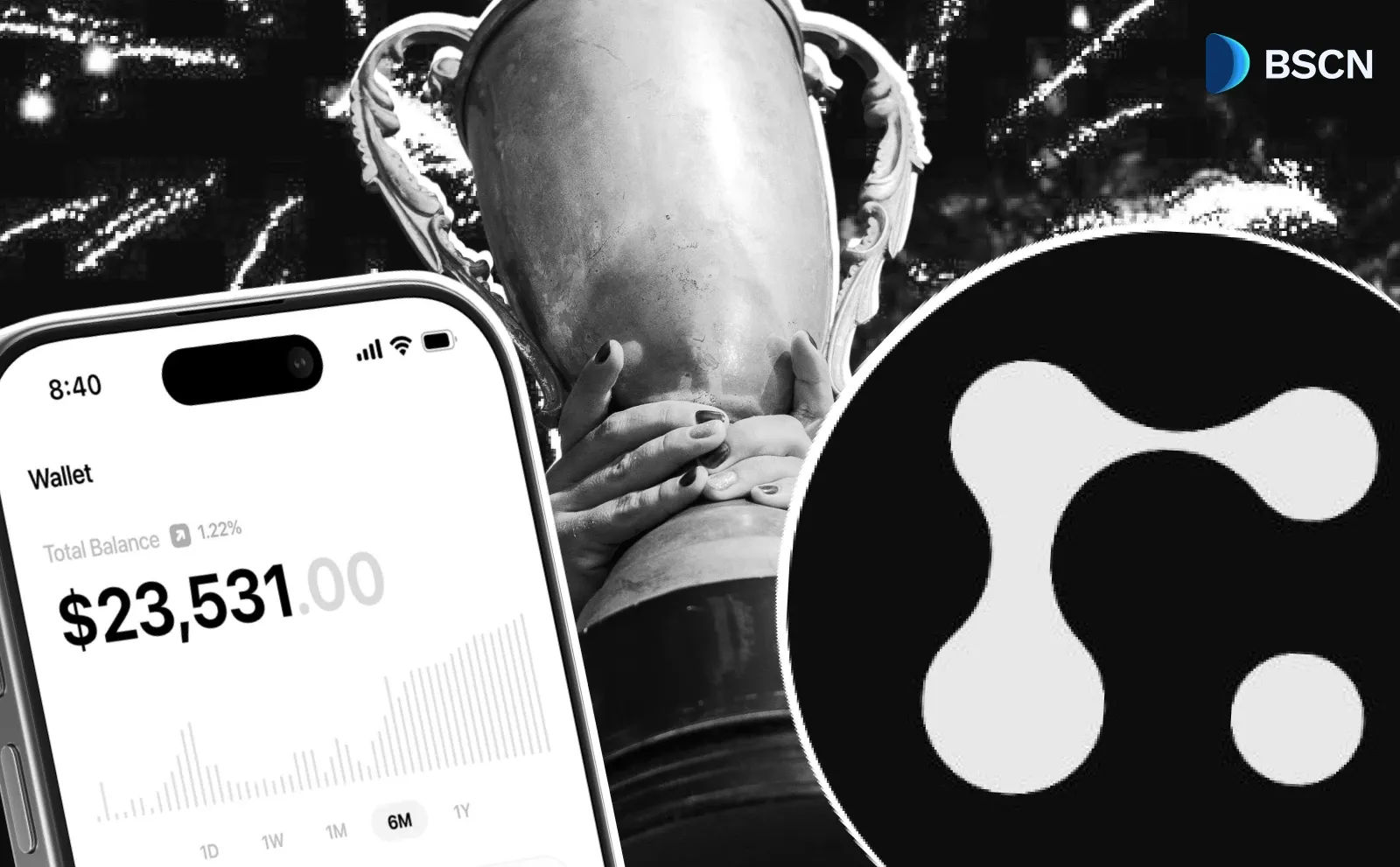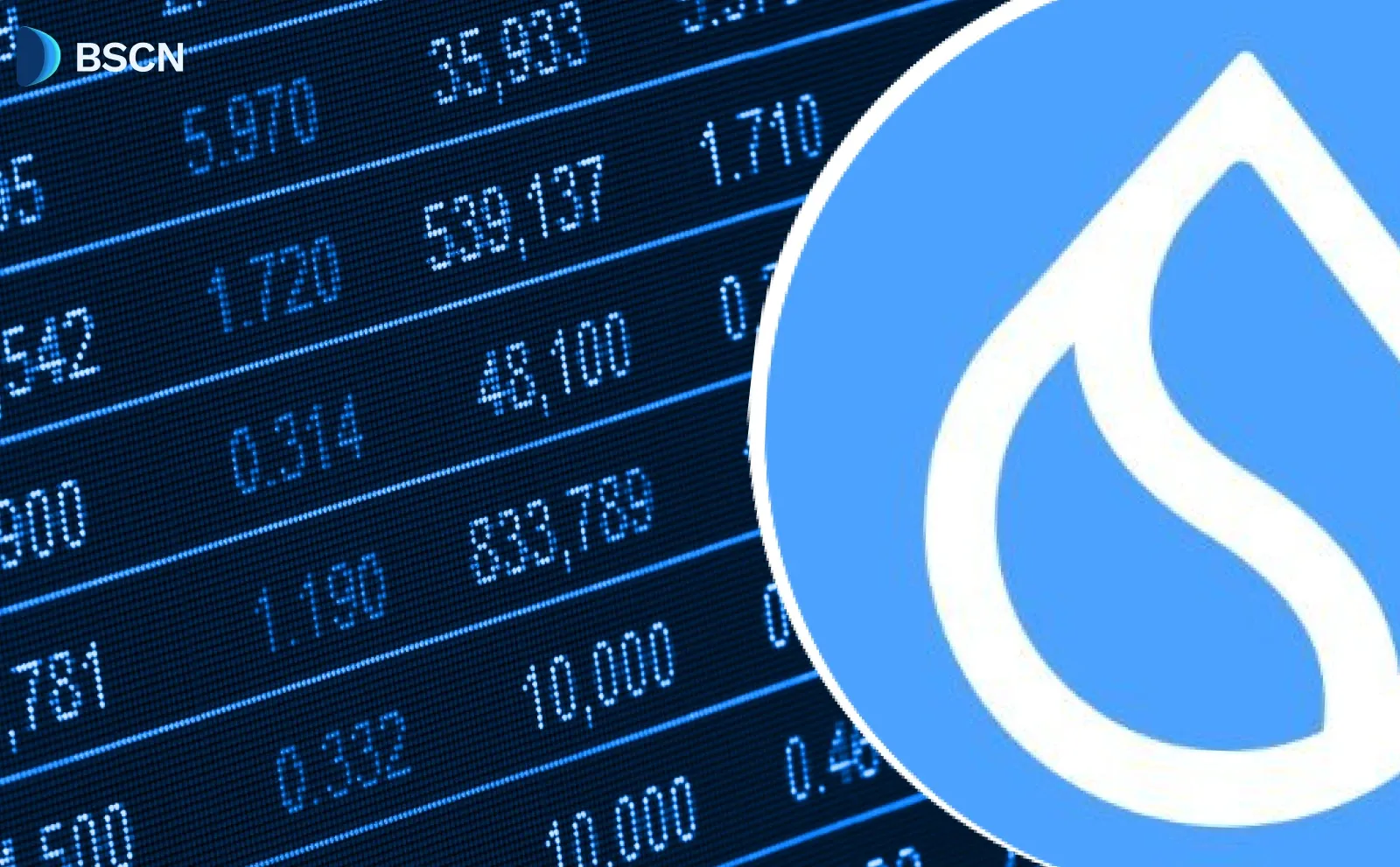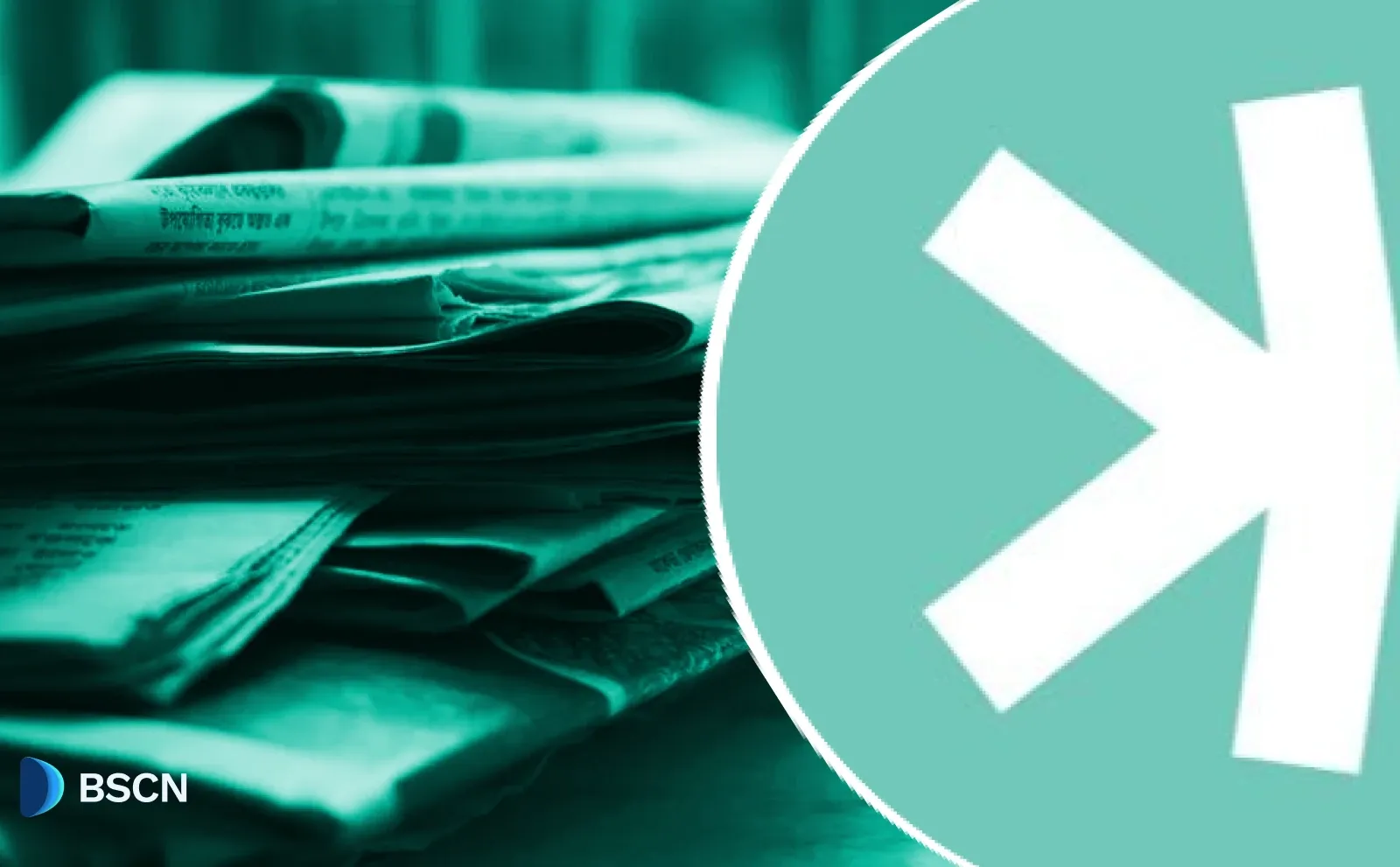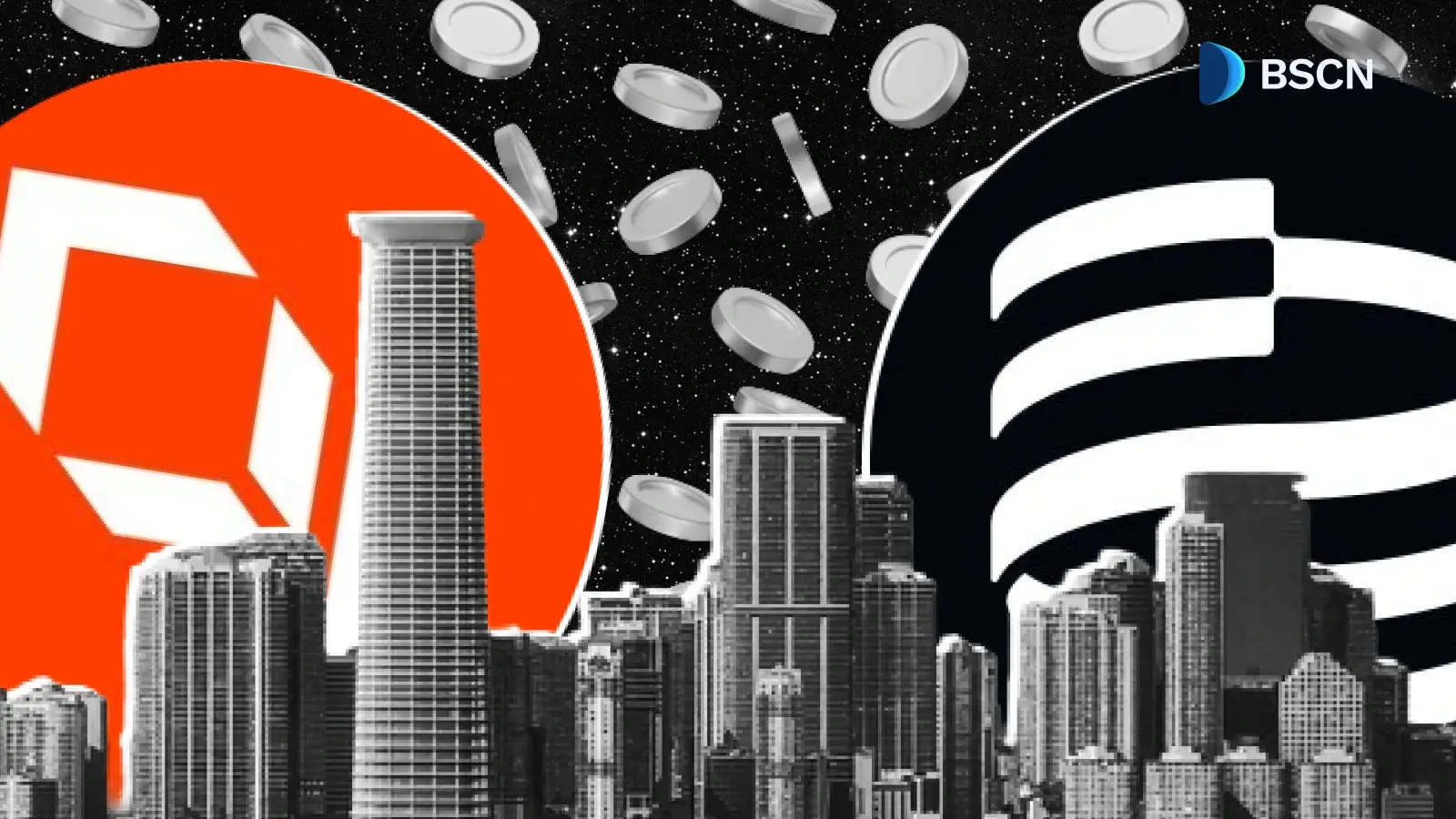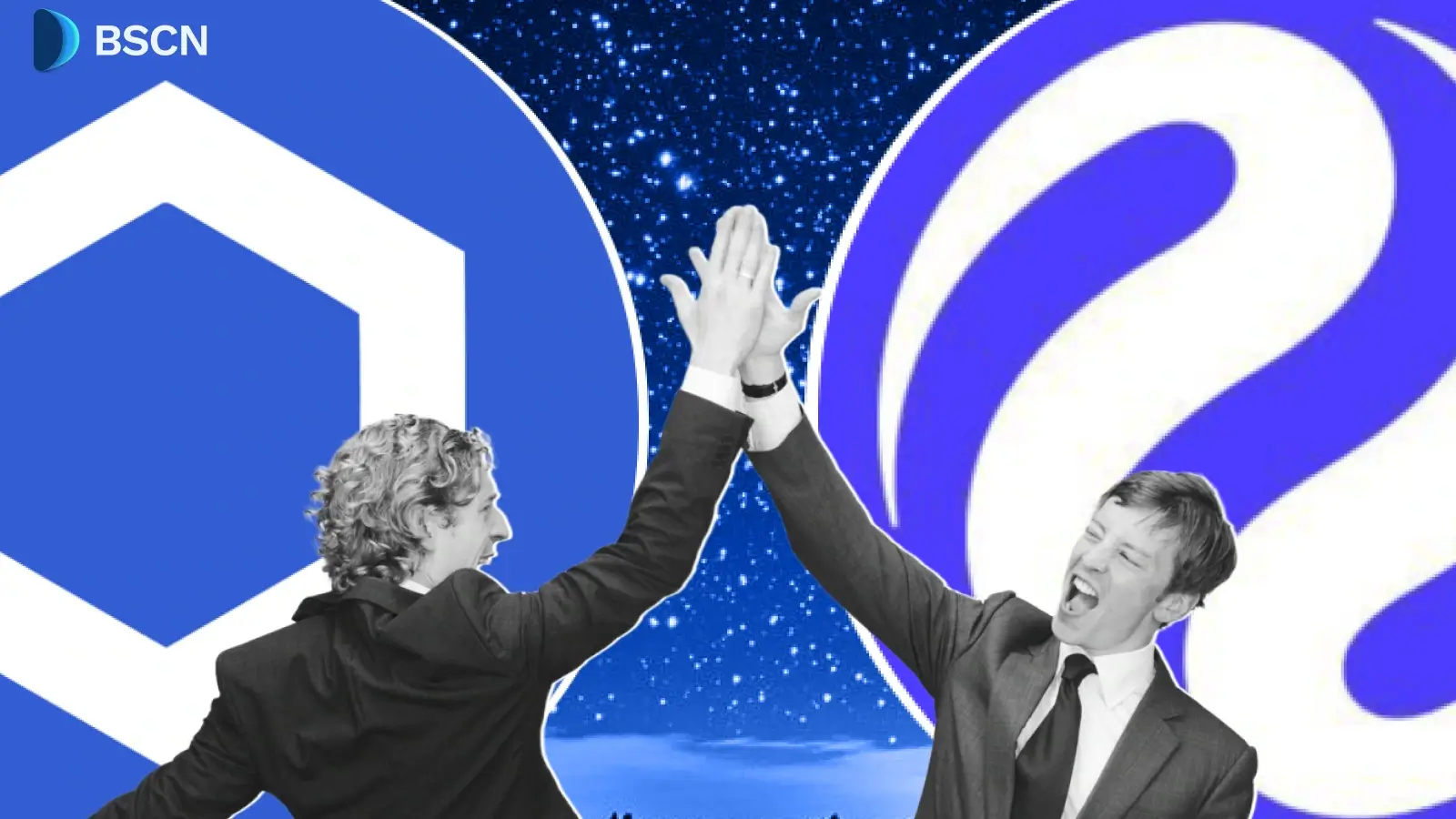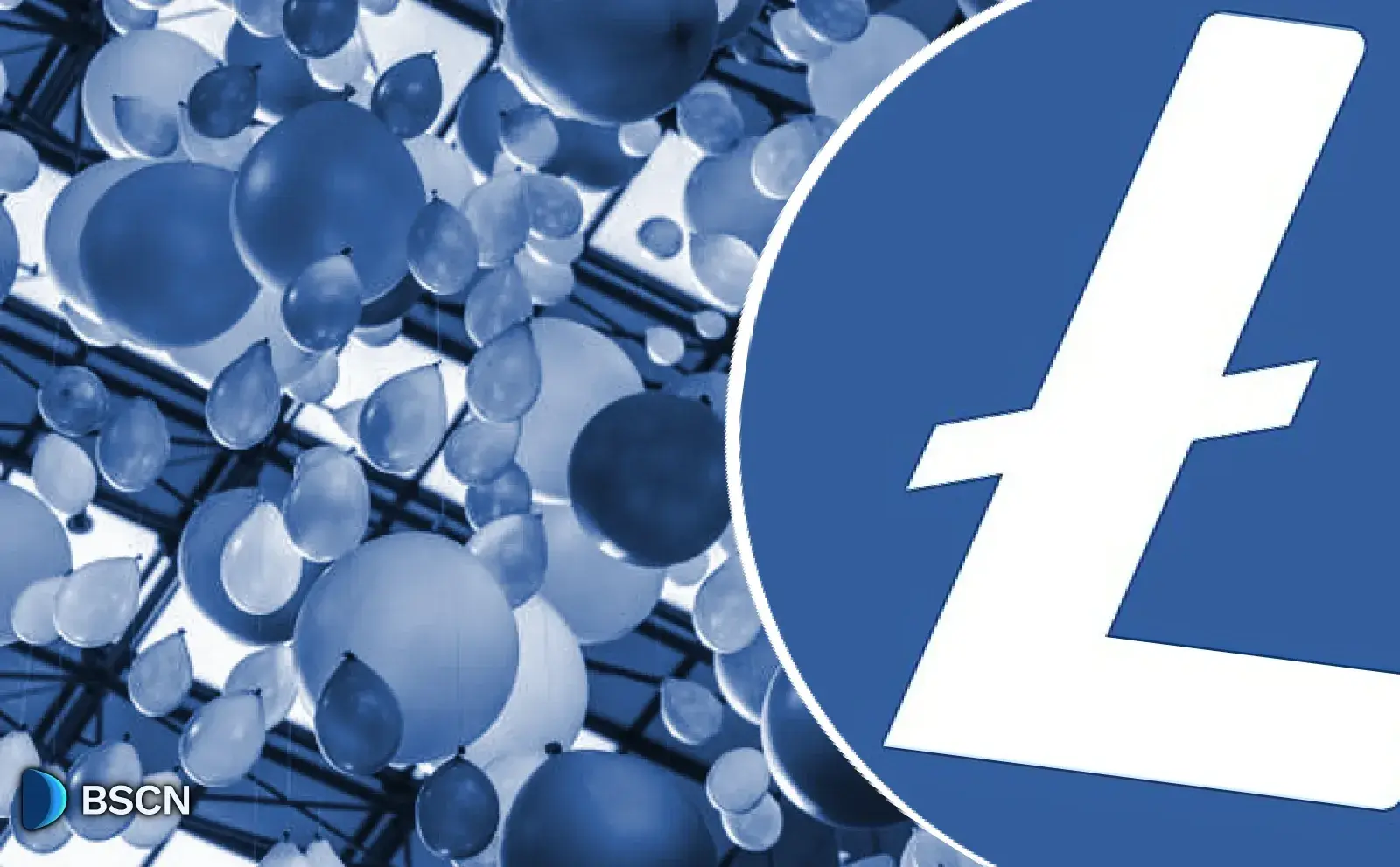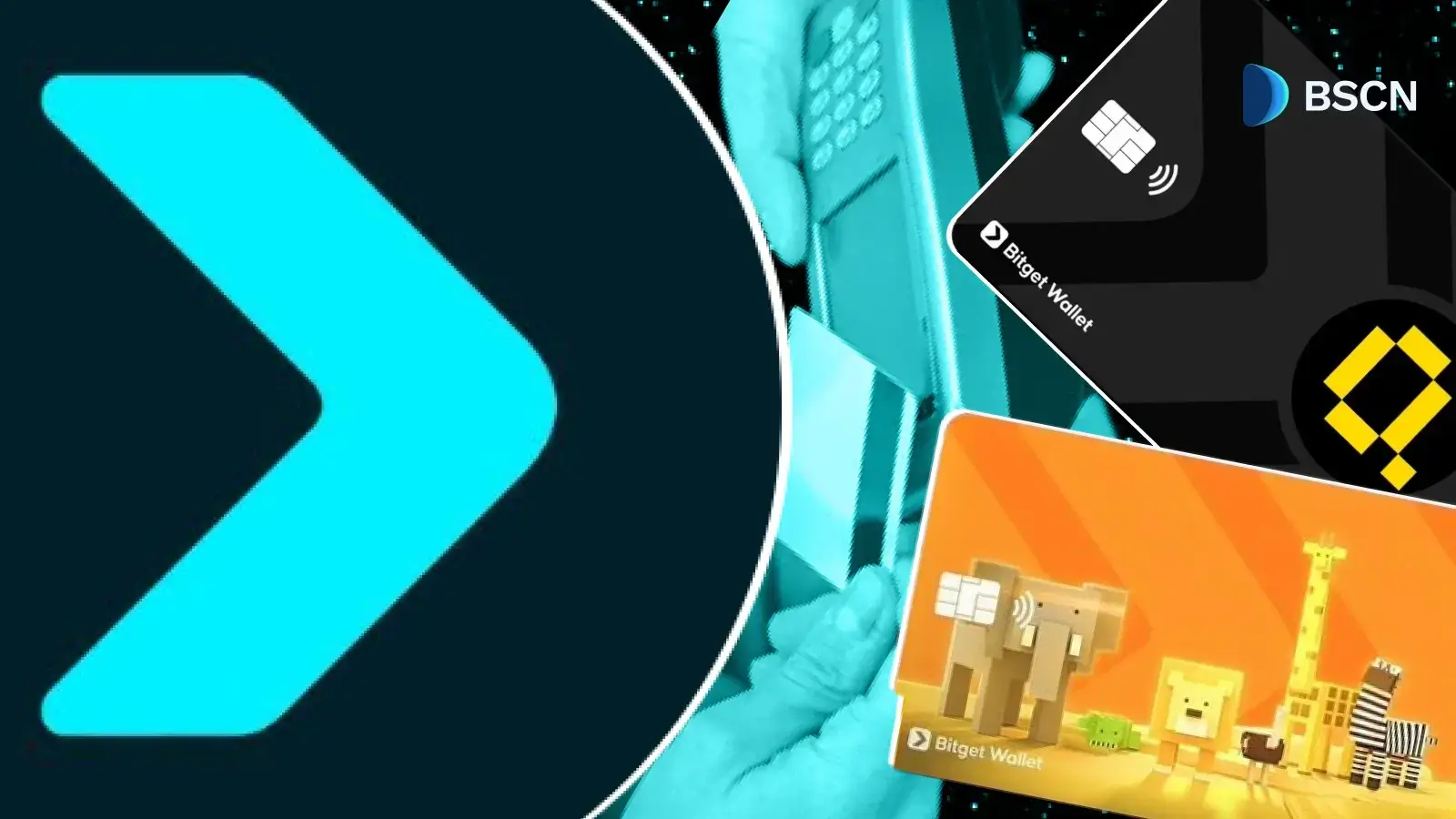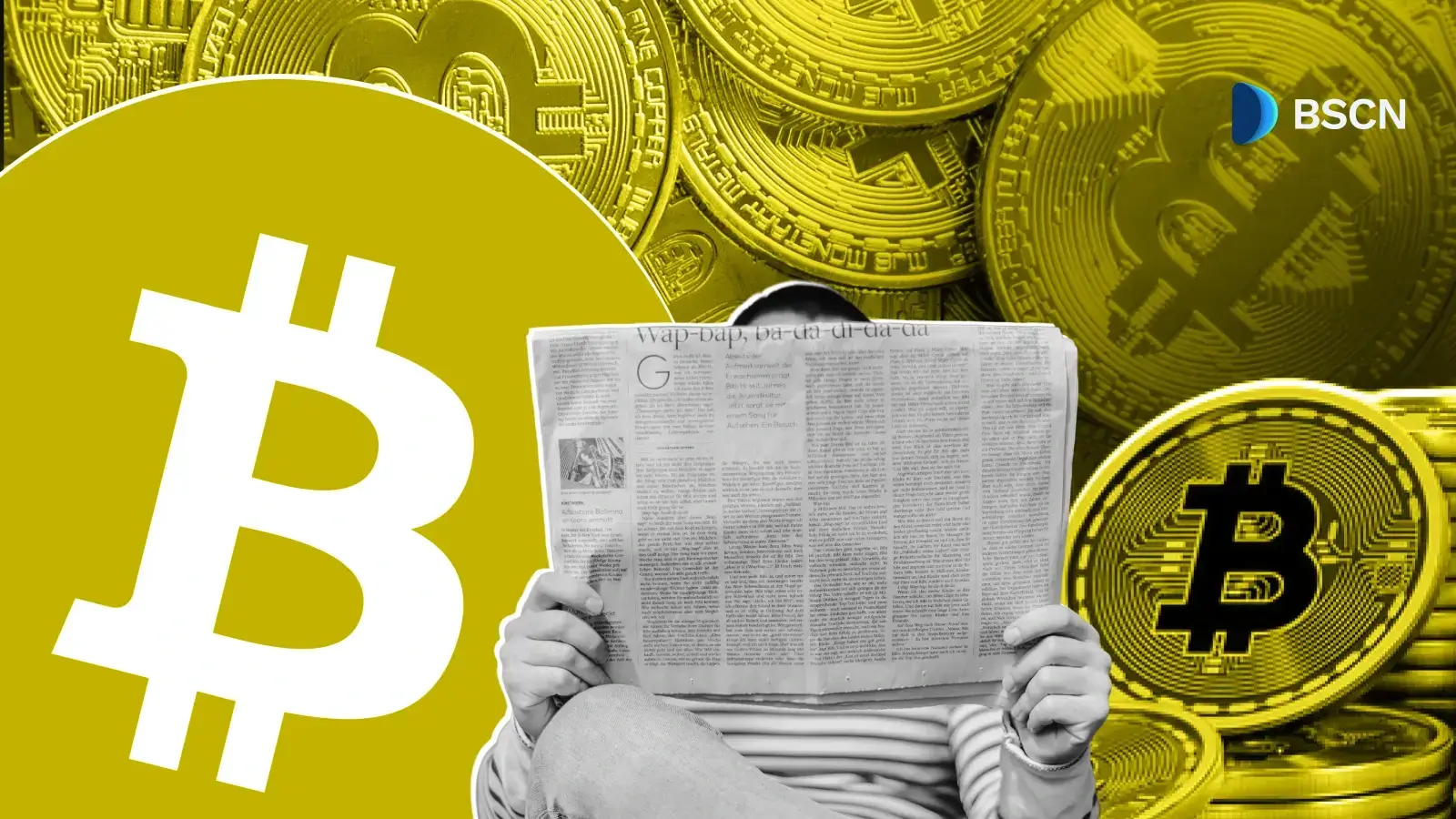News
(Advertisement)
375ai Announces Token Sale on CoinList

375ai launches token sale on CoinList for its decentralized edge data intelligence network. Learn about the EAT token, network architecture, and DePIN infrastructure.
Soumen Datta
October 8, 2025
(Advertisement)
Table of Contents
The 375ai Foundation announced its upcoming token sale on CoinList, marking the public launch of what it calls the world's first decentralized edge data intelligence network. The sale will offer up to 26,666,667 EAT tokens, representing 2.66% of the total supply, with an additional $1,000,000 worth of tokens potentially available at the foundation's discretion.
The 375ai Foundation is excited to announce the upcoming 375ai Token Sale on @CoinList!
— 375ai (@375ai_) October 7, 2025
Join us as we build a new data layer for the physical world
Learn more and register today 👇 pic.twitter.com/VZtc0cZUK2
375ai identifies itself as a solution to a fundamental infrastructure problem: while highways, ports, and urban centers drive the global economy, real-time visibility into these spaces remains limited. The network aims to process data from millions of daily movements through a combination of edge computing hardware, mobile applications, and token incentives.
Token Sale Info
The EAT token sale will take place from Oct. 9, 2025 (17:00 UTC) to Oct. 14, 2025, (17:00 UTC). To participate in the 375ai Token Sale, users must first fund their CoinList Wallet with the minimum purchase amount of $100 (in USDC or USDT) and complete KYC verification.
When the sale begins, users can submit a purchase request ranging from $100 to $500,000. Requests cannot exceed the amount of USDC, USDT, or USDe available in your CoinList Wallet.
The purchase period closes on October 14, 2025, at 17:00 UTC. Allocations will then be randomly selected using the “Filling from the Bottom” method. Final allocation results will be communicated within five business days of the sale closing.
Users who are not allocated tokens will have their funds returned to their CoinList Wallet within five business days of October 14, 2025, at 17:00 UTC.
Understanding the 375ai Network Architecture
375ai operates as a decentralized physical infrastructure network (DePIN) that processes data at the edge rather than in centralized cloud servers. The network consists of three main components that work together to collect, validate, and monetize real-world data.
The architecture addresses what the team identifies as a connectivity challenge: smart devices have become essential, but traditional telecommunications infrastructure struggles to manage and process the volume of data these devices generate. By moving processing power closer to data sources, 375ai reduces latency and bandwidth requirements while enabling real-time insights.
375edge Hardware Nodes
The 375edge device serves as the network's primary data collection tool. These enterprise-grade sensors combine connectivity capabilities with edge AI processing in a modular platform designed for high-traffic locations. Each unit contains high-resolution cameras, environmental sensors, Wi-Fi, GPS, and NVIDIA GPU hardware.
The nodes collect multimodal data including:
- Vehicle identification and classification
- Environmental conditions (temperature, humidity)
- Traffic patterns and congestion metrics
- License plate information
- Vehicle speed and direction
- Collision and incident detection
Deployers have three options for 375edge implementation. They can install nodes at their own locations, use pre-secured sites through 375ai partnerships, or select a fully managed service where the 375ai team handles deployment and maintenance. The network has secured an exclusive partnership with Outfront Media (NYSE: OUT) to deploy across 40,000 high-value locations throughout the United States.
375go Mobile Application
The consumer-facing 375go app creates a mobile sensor network by incentivizing users to collect and verify data through their smartphones. All users can participate in data collection, but only those who purchase the premium version can claim token rewards.
This paid tier requirement serves as a spam prevention mechanism. Users who verify device connectivity and data quality through the app earn 375 tokens based on their contributions. The app continuously gathers data, with quality certified through timeliness and completeness metrics.
Network Data Flow
Data buyers, including enterprises, researchers, and advertisers, purchase data credits (DCs) using fiat currency. These credits are then used to "buy and burn" 375 tokens when accessing network data. This creates a deflationary pressure on token supply while generating revenue that sustains the network beyond initial inflation-based rewards.
The network has already observed over 200 million vehicles and operates across 170 countries through its mobile app users, according to the foundation's materials.
Proof of Data and Quality Assurance
375ai implements a Proof of Data (PoD) mechanism to maintain network integrity and ensure data utility. Both 375edge nodes and 375go devices must validate the signals they collect, contributing to overall network reliability and scalability.
The system enforces strict deployment guidelines for 375edge devices to achieve optimal data collection quality. Enterprises receive hands-on support from the 375ai team, including assistance with node deployment, device placement strategy, and technical configuration.
Data quality standards are enforced through:
- Timeliness requirements for data submission
- Completeness checks on collected information
- Penalties for non-compliance or poor performance
- Performance-based reward adjustments at each epoch
Privacy protection operates at the network's foundation. All personally identifiable information (PII) is de-identified and anonymized at the edge before transmission. Regular security updates and physical security measures protect both hardware nodes and network data.
EAT Token Economics and Distribution
The total supply consists of 1 billion 375 tokens (referred to as EAT in some materials). The allocation breaks down across eight categories, each with specific vesting schedules and lock-up periods.
The public sale allocates 3% of supply, with 50% available at token generation event (TGE), zero lock-up period, and 12-month vesting. Community incentives, including node rewards and airdrops, receive the largest allocation at 40% of supply. Of this portion, 15% becomes available at TGE with no lock-up and 96-month vesting.
Liquidity provisioning receives 2% (20,000,000 tokens), fully available at TGE with no vesting period. The treasury holds 4% (36,500,000 tokens), also fully available at TGE. Partnerships and marketing receive 4% (40,000,000 tokens), while exchange listings get 3% (26,500,000 tokens), both fully available at TGE.
Team and core contributors receive 25% of supply (250,000,000 tokens) with zero availability at TGE, a 12-month lock-up, and 36-month vesting schedule. Private investors hold 20% (200,000,000 tokens) under the same terms as the team: zero at TGE, 12-month lock-up, 36-month vesting.
Token Utility Functions
The 375 token serves multiple functions within the network ecosystem:
Rewards and Incentives: Tokens compensate network contributors based on data quality and relevance. The system recalibrates rewards at each epoch according to performance metrics. After the initial inflation-driven reward period, the network transitions to a sustainable revenue model funded by data sales.
Network Security: Staking requirements deter low-cost spam attacks and ensure only committed participants contribute data. Retail contributors who upgrade to premium app tiers by staking tokens help strengthen data trust across the network.
Utility in Applications: Tokens provide access to the 375go ecosystem, unlock premium features, and enable consumption of network services. This ties token usage directly to demand and aligns economic activity with network growth.
Governance: Staked governance tokens facilitate network decisions through formalized improvement proposals and community channels. The system balances retail and enterprise interests in protocol development.
Deflationary Mechanism: Tokens are burned upon data consumption, creating ongoing buy pressure and removing supply from circulation. Data buyers must acquire and burn tokens to access network insights.
Team Background and Network Development
The 375ai founding team brings two decades of experience in data analytics, telecommunications, and mobile advertising. Co-founders Harry Dewhirst and Rob Atherton first worked together as executives at Linksys, the wireless networking company recognized by consumers and even featured in South Park.
At Linksys, they encountered Helium and recognized the potential of DePIN technology. After departing Linksys, Dewhirst and Atherton partnered with co-founder Trevor Branon to deploy Helium infrastructure at scale. By 2023, they had become one of the largest deployers of Helium and other DePIN equipment.
Through this deployment experience, the team identified a gap in the market: as smart cities and AI systems rapidly evolve, there's insufficient real-world, real-time data to support that growth. 375ai was created to address this specific infrastructure need.
Development Roadmap
The network plans to release 375edge hardware first, followed by the consumer launch of 375go. Future development includes expanding the types of data collected, introducing new hardware form factors, and supporting existing DePIN projects through the 375edge platform.
The team aims to continuously expand network capabilities to support the transformation of the edge AI market. Development priorities focus on scaling data collection infrastructure, enhancing processing capabilities, and building partnerships that increase network coverage.
Participation Requirements
Network participation follows different paths depending on participant type. Individual users can download 375go to begin collecting data, but must purchase the premium version to claim rewards and participate in Proof of Data validation. Enterprise participants deploying 375edge nodes receive comprehensive support including deployment assistance, location scouting through partnership networks, and ongoing technical guidance.
The network's dual approach creates multiple entry points while maintaining quality standards. Consumer participants provide geographic coverage and data verification, while enterprise deployers contribute high-quality sensors in strategic locations.
Conclusion
The 375ai token sale represents the network's transition to public availability after previous funding rounds. The project combines edge computing infrastructure with token incentives to create a decentralized data collection and processing network. As smart cities and AI systems require increasing amounts of real-world data, 375ai positions itself as infrastructure to meet that demand through distributed hardware and community participation.
Resources:
375i CoinList Token sale details: https://coinlist.co/375ai
Introducing 375ai: https://www.375.ai/blog/introducing-375ai-the-worlds-first-edge-data-intelligence-network
Road to Mainnet - blog article by 375i: https://www.375.ai/blog/road-to-mainnet
Read Next...
Frequently Asked Questions
What is the 375ai network and how does it work?
375ai is a decentralized edge data intelligence network that processes real-world data through hardware sensors (375edge) and mobile applications (375go). The network uses AI and computer vision to transform video and sensor inputs into structured data that data buyers purchase with tokens.
How can users earn 375 tokens?
Users earn tokens by collecting and verifying data through the 375go mobile app or by deploying 375edge hardware nodes. 375go users must purchase the premium version to claim rewards. Rewards are based on data quality and relevance.
What happens to 375 tokens when data is purchased?
Data buyers purchase data credits with fiat currency, then use these credits to buy and burn 375 tokens. This permanently removes tokens from circulation, creating deflationary pressure while generating network revenue.
Disclaimer
Disclaimer: The views expressed in this article do not necessarily represent the views of BSCN. The information provided in this article is for educational and entertainment purposes only and should not be construed as investment advice, or advice of any kind. BSCN assumes no responsibility for any investment decisions made based on the information provided in this article. If you believe that the article should be amended, please reach out to the BSCN team by emailing [email protected].
Author
 Soumen Datta
Soumen DattaSoumen has been a crypto researcher since 2020 and holds a master’s in Physics. His writing and research has been published by publications such as CryptoSlate and DailyCoin, as well as BSCN. His areas of focus include Bitcoin, DeFi, and high-potential altcoins like Ethereum, Solana, XRP, and Chainlink. He combines analytical depth with journalistic clarity to deliver insights for both newcomers and seasoned crypto readers.
(Advertisement)
Latest News
(Advertisement)
Crypto Project & Token Reviews
Project & Token Reviews
Comprehensive reviews of crypto's most interesting projects and assets
Learn about the hottest projects & tokens

